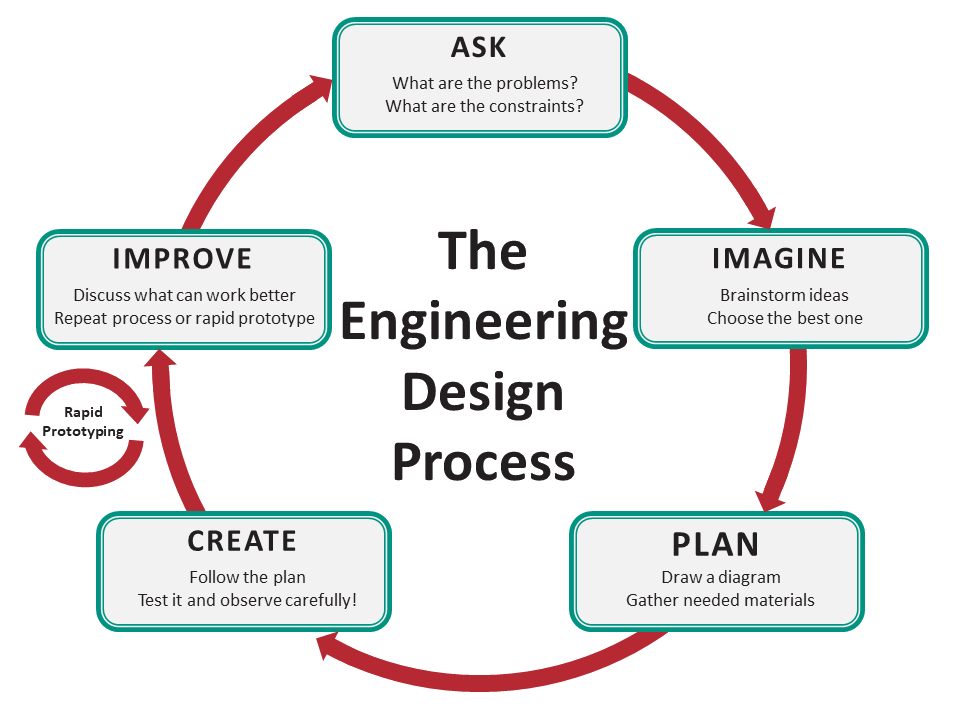4th: Makey Makey your own Circuits

Overview
Students will be given a Makey Makey kit, a Chromebook with the Scratch website and a choice of materials to create a circuit that will allow the students to play an in instrument.
Instructor Directions
Grade Level: 4
Makey Makey your own Circuits
| Driving Question / Scenario | How can you use a Makey Makey kit to build your own electric circuit with the Scratch program and a Chromebook? |
| Project Summary | Students will be given a Makey Makey kit, a Chromebook with the Scratch website and a choice of materials to create a circuit that will allow the students to play an in instrument. |
| Estimated Time | 1-2 hours |
| Materials / Resources | Makey Makey kitChromebookScratch websiteAluminum foilPlaydoughBananas (optional)Cups of water (optional) |
| Standards | 4.P.3.1: Recognize the basic forms of energy (light, sound, heat, electrical, and magnetic) as the ability to cause motion or create change. |
| Project Outline | |
| Ask | How can you use a Makey Makey kit to build your own electric circuit with the Scratch program and a Chromebook? |
| Imagine | Brainstorm ideas of a model that uses the Chromebooks, consumable materials and Makey Makey kits that allows you to play an instrument on the Scratch website. |
| Plan | Design a model that uses the Chromebooks, consumable materials and Makey Makey kits that allows you to play an instrument on the Scratch website. |
| Create | Build your model and test your creation to determine if you created a complete circuit which allows electricity to flow and plays the instrument you selected. |
| Improve | After you test your model, if necessary, make improvements to your design so that you can successful play your instrument using the materials provided. Another option is to add more to the Scratch program so that you can play more notes on your instrument. |
| Closure / Student Reflections | Using a science notebook, or a reflection tool like Flipgrid, have students describe how electricity flows in a circuit including the difference between insulators and conductors. Students should also be able to describe if they created a parallel circuit or a series circuit with the materials from the lesson. |
| Possible Modifications / Extensions | N/A |
| Tags (Subject, robot used, literature) | Science, Makey Makey, Chromebooks, Engineering |

